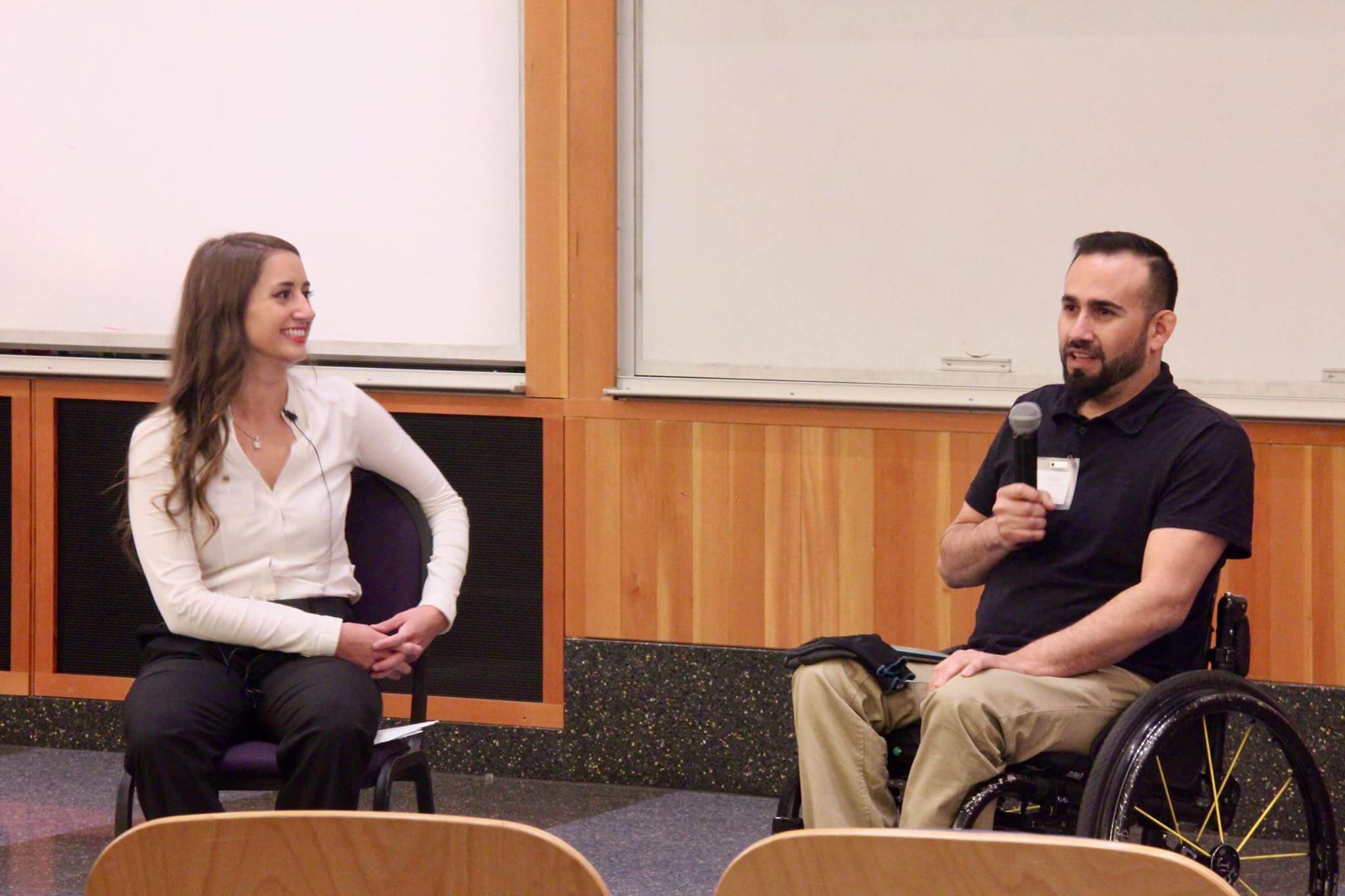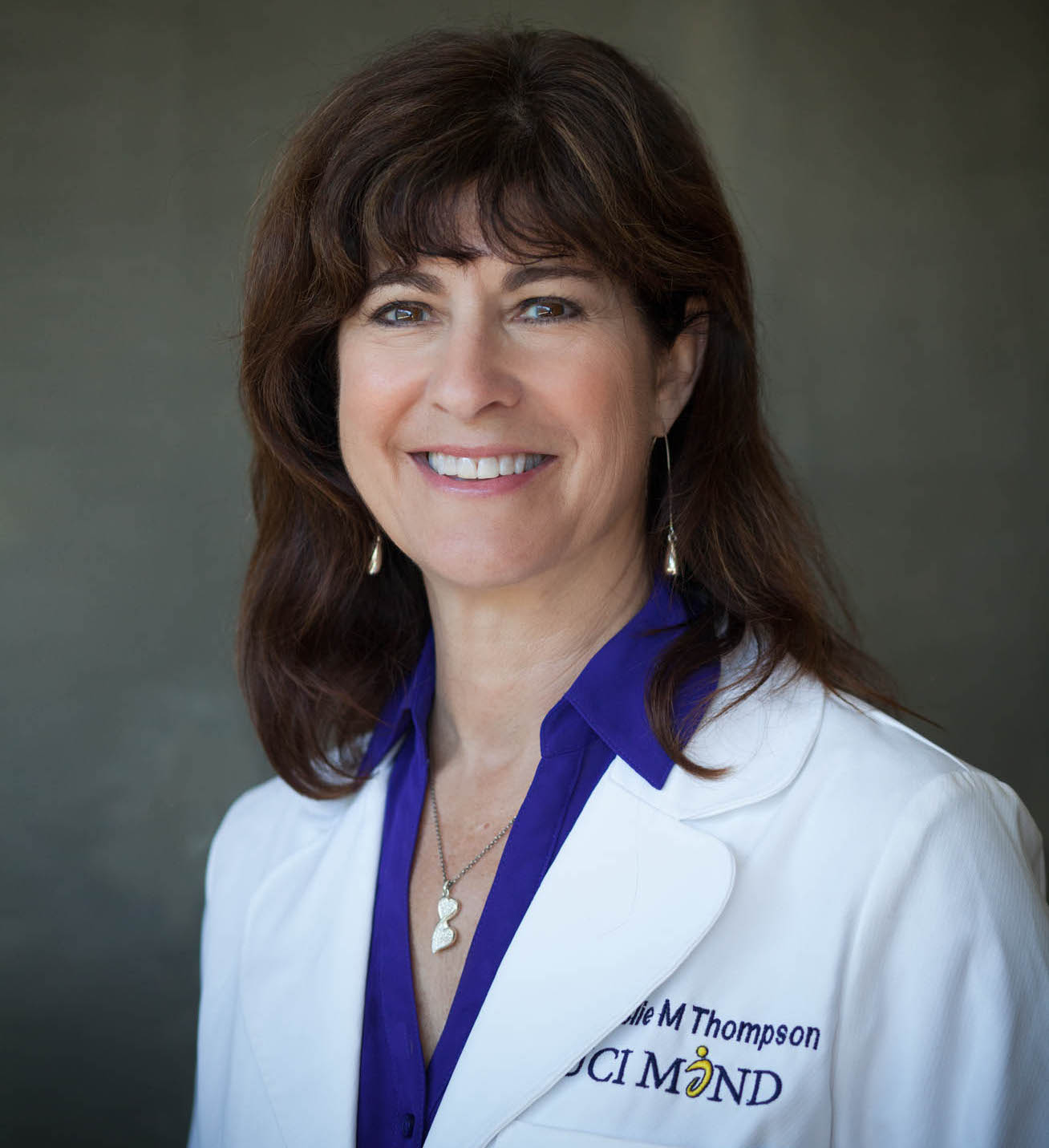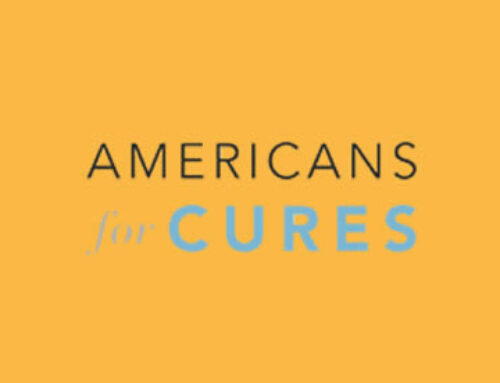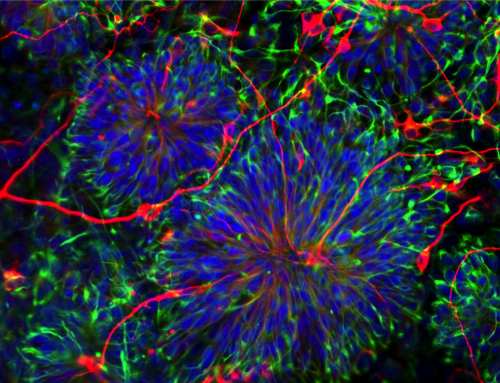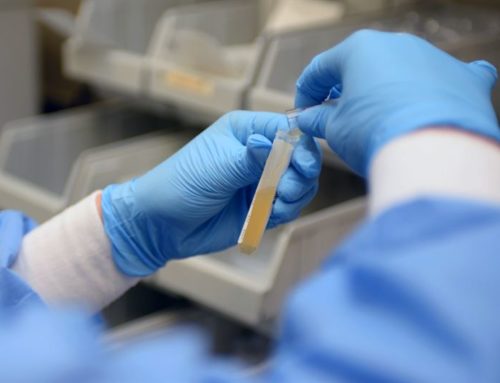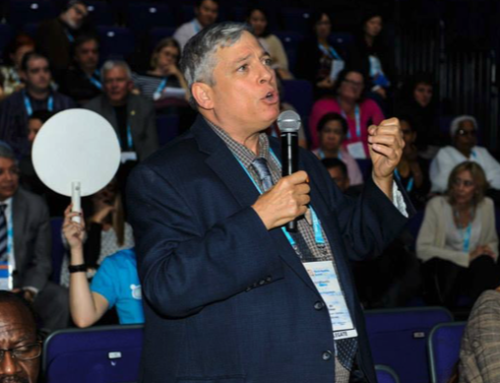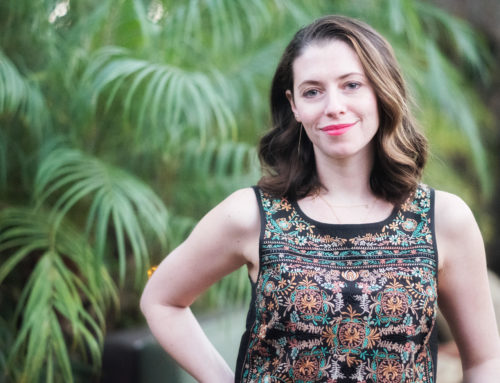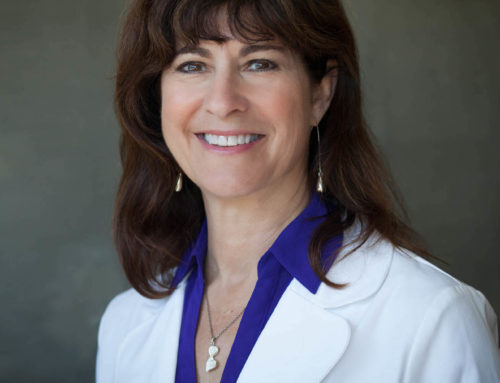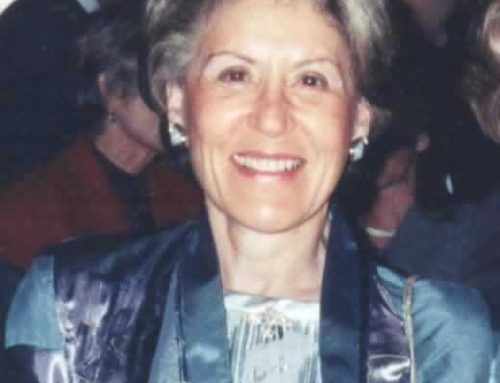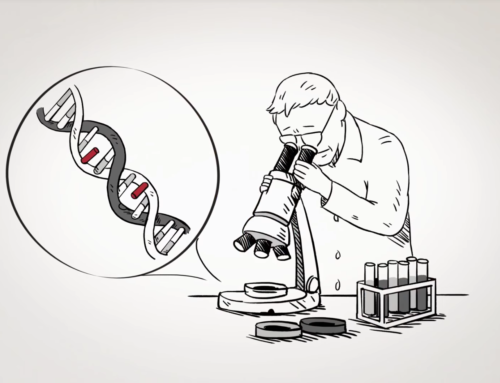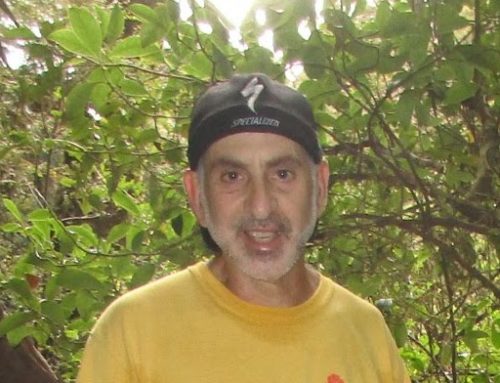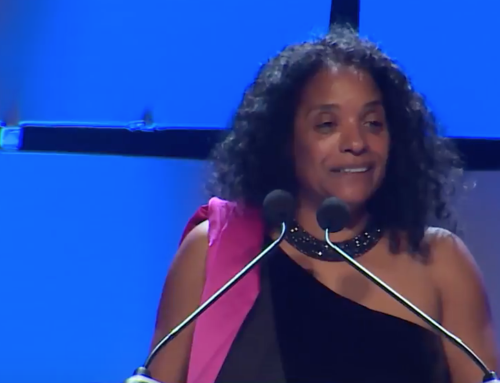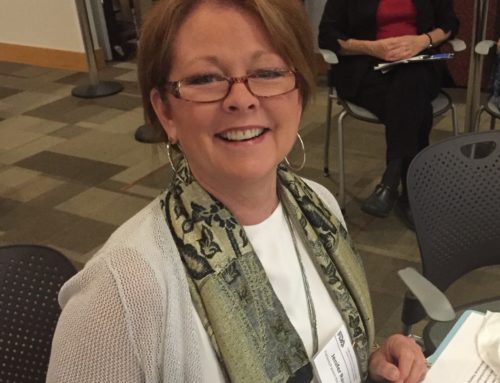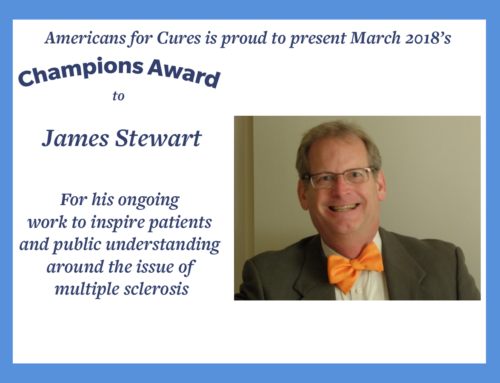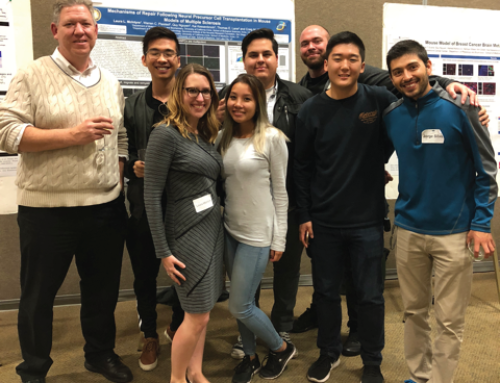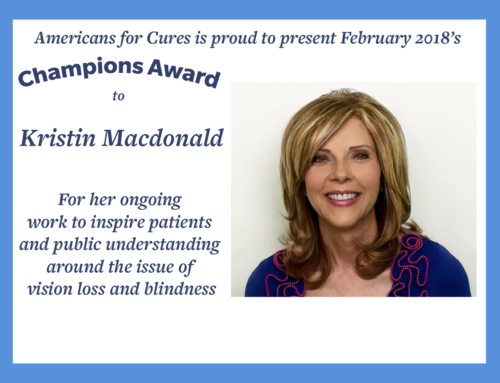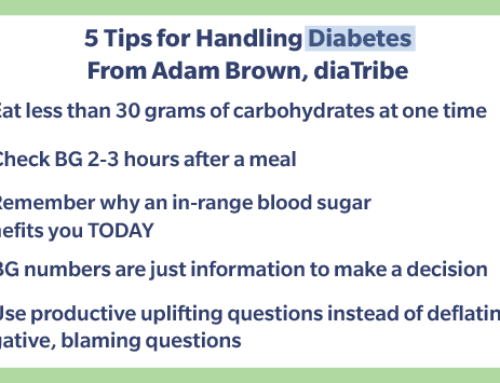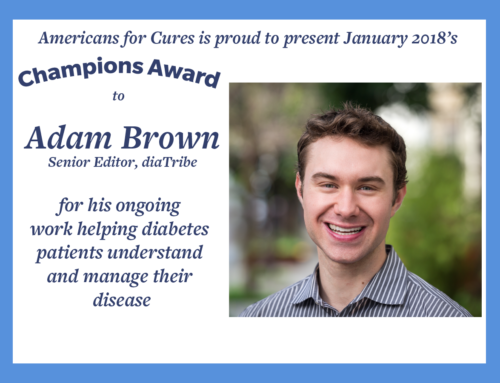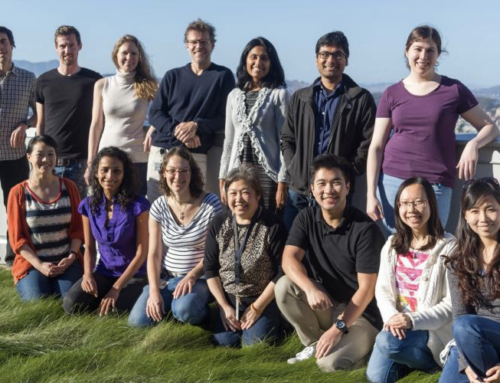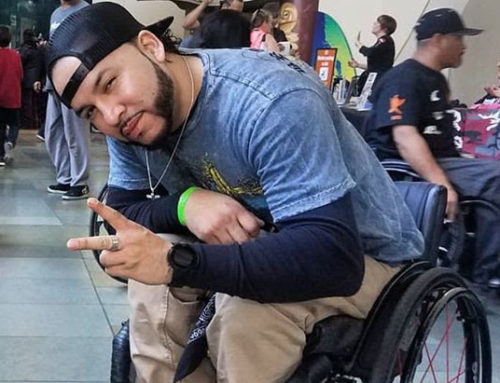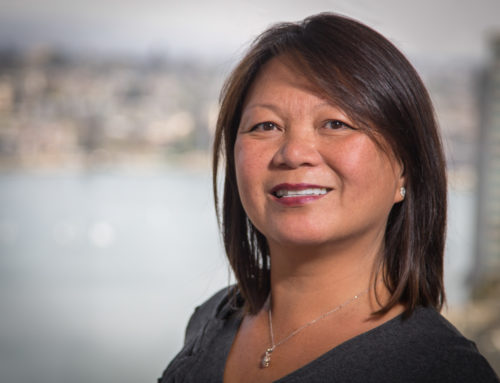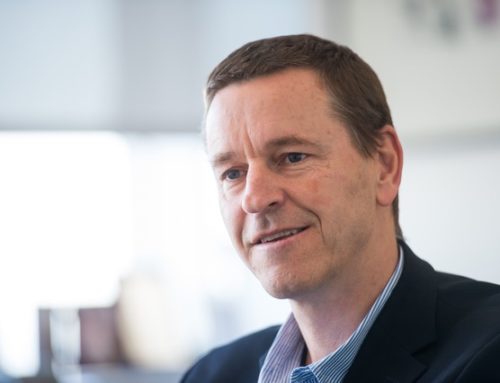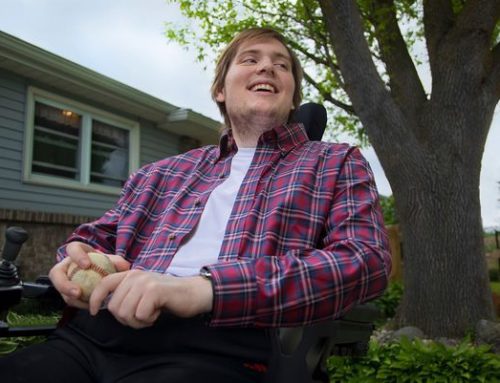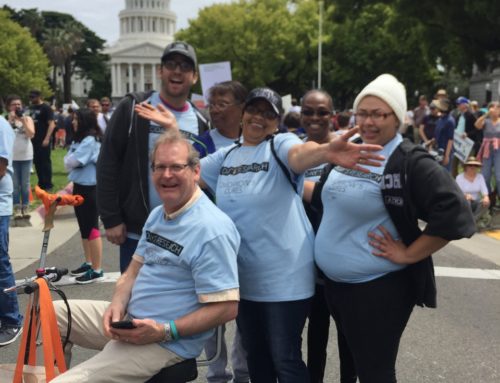Meet Dr. Maria Millan.
Maria’s background is impressive enough: Undergraduate at Duke, medical school in New Jersey, surgical residency and postdoctoral fellowship at Harvard, a stellar career as a transplant surgeon and academic researcher at Stanford, senior executive at StemCells, Inc. Let’s not forget, she’s also a wife, a mom, a stem cell advocate, and a caring rescue-dog owner.
And as of September, Maria is the first female president of California’s stem cell program, the California Institute for Regenerative Medicine (CIRM). (Previously, she had served as Medical Officer, Vice President and Interim President.) The California stem cell program came to life as a result of the passing of Proposition 71 in 2004, when 59% of CA voters—7 million people—supported a $3 billion investment into stem cell research and therapies for treatment of chronic diseases such as cancer, paralysis, blindness, and Type 1 diabetes.
As of this month, Maria can also add “Americans for Cures Champion Award Recipient” to what I assume is a very long list of honors and awards. The Champion Award recognizes a university, company, or individual pioneering stem cell research. And what a pioneer Maria is!
And what a pioneer Maria is!
If you thought her prestigious academic and professional journey was astounding, wait until you read about what Maria has done in just four short months as interim president of CIRM and what she intends to accomplish in her new position as president. This woman is on a mission—and if there is one thing I know about inspirational women with a goal, it is that they are unstoppable. Maria charges forward not only with strength, but also with humility. She is kind, cheerful (even early in the morning), empowering, and of course, inspirational.
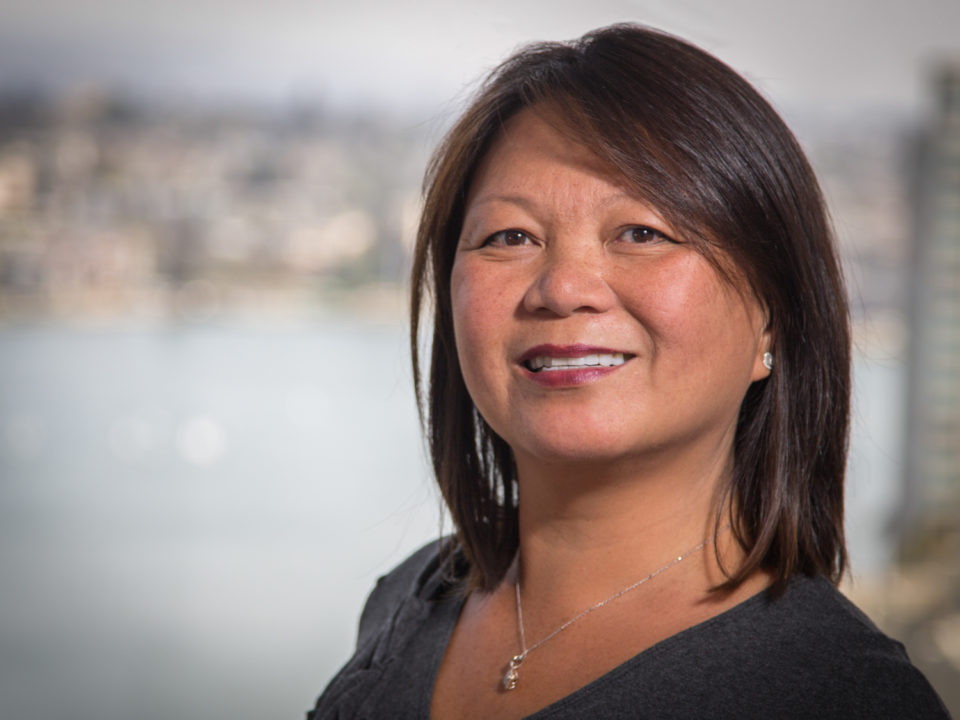
Maria Millan, M.D., President and CEO of CIRM. (Todd Dubnicoff, CIRM)
First item on my agenda was to “get personal!” When you talk to someone as accomplished as Maria, you wonder, what does she consider to be the single most important factor for her successful career?
After a quick moment of reflection, she said:
“I guess I have always been ‘mission driven’ and this explains my travels from the clinics and the operating room to biotech and now to CIRM.
Looking back, I tended to be drawn to the ‘frontier’ of medicine. While I was still in preschool, determined and brave pioneers were working through seemingly insurmountable surgical and medical challenges as well as scientific challenges to demonstrate that it was even possible to transplant organs as a potential life saving and curative treatment. The field was less than 20 years old when I was at Duke, an undergraduate learning the immunology that was revealing how we could overcome the barriers to making transplants a more reliable curative treatment. Fast forward ten years and I was in Boston, a surgical resident deciding to make transplant surgery a chosen specialty! Something that was just a ‘hope’ and an incredible undertaking by brave pioneers became a bonafide specialty!
As a transplant surgeon, I had the opportunity and privilege of directly impacting the lives of adult and pediatric patients and their families. It was an extremely gratifying career. However, with every baby I treated and with every surgery I performed, I kept thinking, now that we know replacing organs saves lives, how can we reach more people and treat more conditions? The field of stem cells was just presenting itself to me right around that time. I was fascinated by the science and drawn to the prospect that this could be the new frontier. In addition to the clinical and bench research that I was involved in at the time, I started to explore. I saw the promise and the challenge and I decided to take a leap of faith, took a leave from my surgical and academic position to join Stem Cells, Inc. to accelerate the discovery process. Then, I saw the challenges with manufacturing and development, and I wanted to change that. So when I saw the opportunity to target these challenges, I made the transition to CIRM. The rest is history and the present. The mission remains clear to me: getting better medicine to patients.”
The rest is history and the present. The mission remains clear to me: getting better medicine to patients.
Made perfect sense! After all, the words “leader” and “forward thinking” are almost synonymous and Maria is certainly both. Our conversation was just getting warm and Maria shared her excitement about the interview:
“I’m just so excited to share all of CIRM’s accomplishments with the readers at Americans for Cures, because we have done so much. Just in the past year alone, we have surpassed our goals. CIRM’s 5-year vision in 2015 was to reach 50 new clinical trials by 2020. By the end of 2017, we should have 26 of the planned new trials and 43 overall trials that CIRM has partnered since its formation!”
Like I said, she is unstoppable, which is why I proceeded to ask what she intends to do in her “first 100 days in office?”
1) Expanding CIRM Alpha Stem Cell Clinics Network
“The establishment of the Alpha Stem Cell Clinics Network was the first program I led at CIRM. We are so pleased with the success of this network so far and that we are now expanding the network from three to five Alpha Clinics – at the City of Hope, UCSD, UCLA/UC Irvine and most recently, UCSF and UC Davis.”
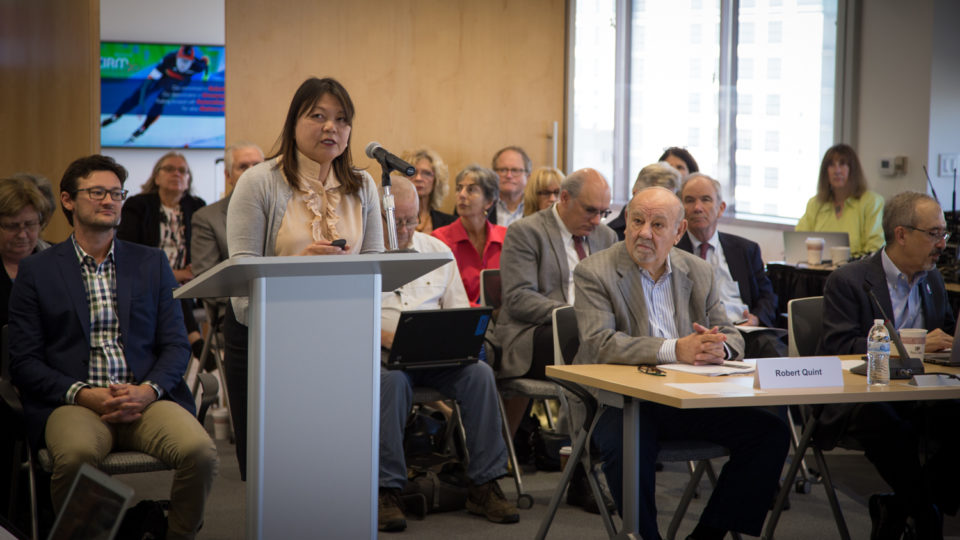
Dr. Maria Millan, President and CEO of CIRM, at the CIRM September 2017 Board meeting. (Todd Dubnicoff, CIRM)
Say what?! If you read that and wondered if alpha clinics are some kind of vitamin, let me provide context:
Alpha Clinics are hospitals and laboratories that are prepared to design, administer, or advise on safety tests for new stem cell clinical trials. When a new therapy is to be tested, a multi-disciplinary center of excellence (i.e. alpha clinic) would be ready and waiting, with expert scientists/medical doctors/clinicians/nurses available. With these networks, the field wins and the patient wins as clinical trials can be done faster without compromising safety, rigor or quality.
2) Ensuring Access to Therapies by Partnering with Patient Advocates
“We are involved in the conversation to make sure that at the end of this, patients can access the therapies–the worst thing that can happen is to have a therapy that works, but that people can’t get to. To avoid that, we have joined arms with the patient advocacy community. CIRM was formed because of patient advocacy and we want to make sure to bring that to the forefront. Patient advocates are part of everything we do. They serve on our Clinical Advisory Panels for our clinical programs, they serve on our peer review committee, on our board and we are continually learning from each other. We communicate as the field matures, the science advances, and the trials are launched.” I feel fortunate to have the support of Americans for Cures, other patient advocates, academic and industry investigators, and of course the board and my team. I couldn’t be more pleased. I can stand in front of our stakeholders, including the patient advocates and Bob Klein who led the Proposition 71 initiative, and proudly report on how far we’ve come, how much progress has been made and that many of our results are consistent with Bob’s original vision leading to Proposition 71.
I feel fortunate to have the support of Americans for Cures, other patient advocates, academic and industry investigators, and of course the board and my team.
3) Investing in Sustainability
“Having said that, research funds from Prop 71 will be depleted shortly, and sustainability is going to be a key focus–we have assets we have to protect because it’ll be really tough to bring ourselves back up to speed if we let go. We do not want to lose momentum. As an example, we held a patient advocate event at UC Davis recently. When a scientist was presenting the results of her research on a crippling congenital disorder afflicting newborns, my colleague turned to me and said, we need to have enough funding so that when she’s ready to go into clinical trials, we’re there! We need to continue doing what we’re doing so well. We are playing an important role in “de-risking”: by giving support to researchers early on in their discovery, we move the project toward clinical trials, and partners in biotech feel confident in investing.
In fact, we have already done this: Dr. Deepak Srivastava was funded by CIRM and his work using stem cells in heart disease led to a $50 million investment from industry partners. Yet another example is Dr. Stephanie Cherqui at UCSD who received $5 million enabling her to do pre-clinical (basic science) research using gene editing for treatment of cystinosis, a life-threatening genetic disease that appears by the age of two and over time causes damage to many organs, especially the kidneys and eyes. Her work caught the eyes of Avrobio, Inc. which then partnered with her. So we are trying to formalize the model at CIRM by producing industry alliance programs. We also want to continue to foster the full pipeline of scientific discovery, spanning basic science, translational, and educational platforms. So, we are really targeting every aspect of the bench to bedside process.”
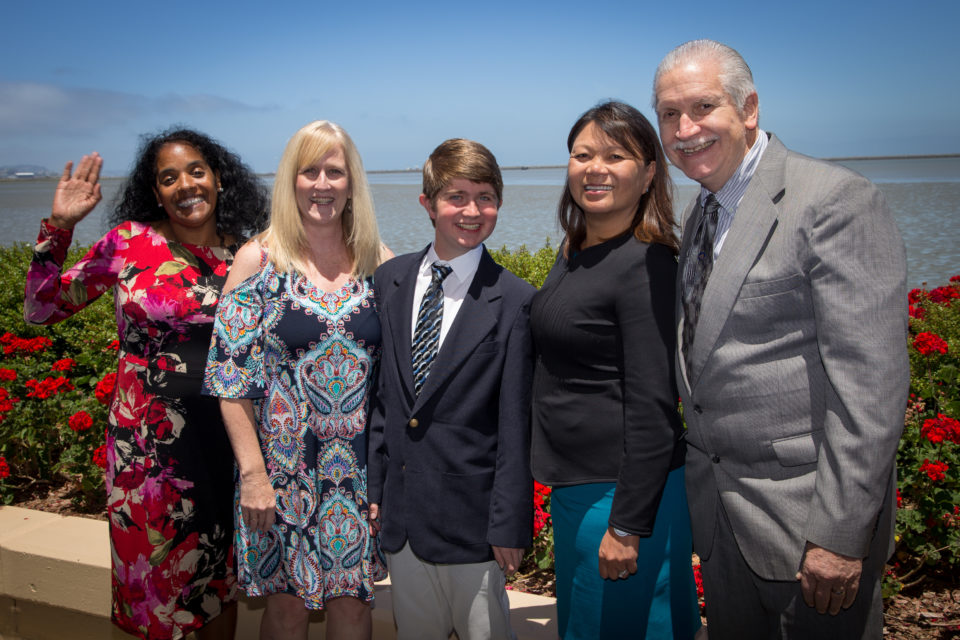
Patient advocates and CIRM President Dr. Maria Millan, second from the right. (Todd Dubnicoff, CIRM)
I only had time for one more question, and her response was very unique. I wondered what she thinks is people’s biggest misconception about stem cells?
“I would say that since I’ve been at CIRM (5 years ago), “misconceptions” have changed. Initially, all the talk was about embryonic stem cells and the education that was required to inform people about their use. But now, I think the conversation has shifted and some people think that stem cells are completely “out there”- a misconception that might be somewhat mediated by the media and tabloids on athletes getting stem cell injections. This misconception has unfortunately led to some of the unregulated use of stem cells in clinics that have not been validated. The FDA and other regulatory bodies are taking strong stands and holding these unregulated entities accountable. We are continuing to serve as examples and resources for legitimate high quality stem cell research with our Alpha Clinics Network and other clinical trial sites supporting CIRM clinical trials. Congress passed the “21st Century Cures Act” that acknowledges the importance of the stem cell/regenerative medicine field by creating the expedited designation of Regenerative Medicine and Advanced Therapies (RMAT) and CIRM programs account for one third of all RMATs thus far (3 of 9). I have faith in the science! The regulated science. We are getting close. Close to a cure. And let me tell you, when we say cure at CIRM, we don’t use the word lightly. Amongst ourselves, we check each other before we use this word! But we are now at a stage where I, and my colleagues, feel comfortable saying it: We are close to a cure.”
We are getting close. Close to a cure. And let me tell you, when we say cure at CIRM, we don’t use the word lightly.
Here is one of the biggest lessons I learned at the end of this interview:
The patients, scientists, physicians, Americans for Cures, CIRM, industry partners, Maria and others like her are changing the face of stem cell therapy but joining this club does not require any exclusive memberships. All it takes is a “crowd-invested” effort to pass on the knowledge. Share the stem cell success stories with your friends and colleagues and let them know: A cure is close!



